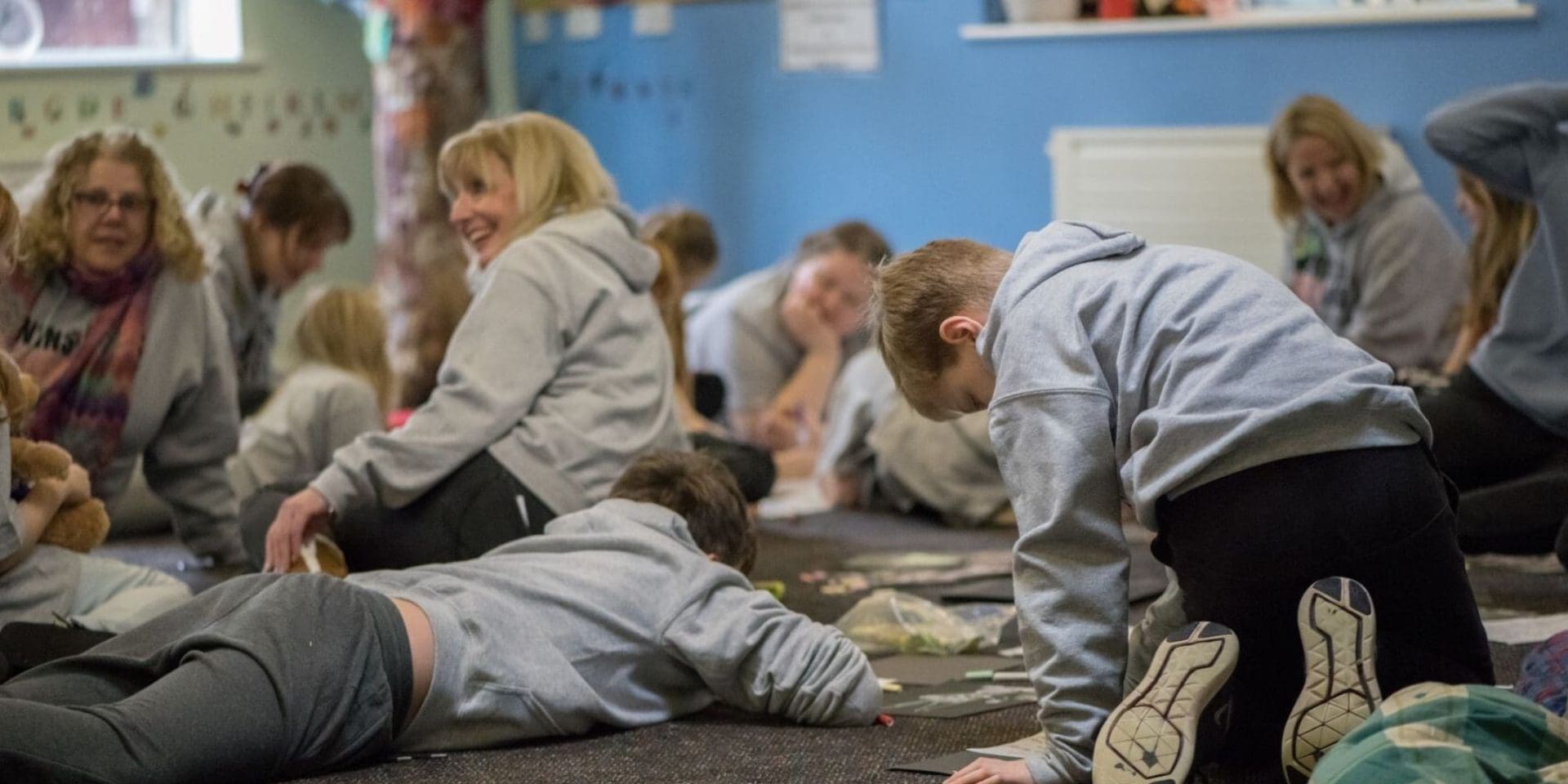On average, 1 in every 29 children will be bereaved of a parent, and even more will experience the death of a family member, close friend, or even the death of a member of school staff or a student. That’s one student in every class who has been bereaved.
School provides structure and a familiar environment and often a safe place in a grieving child’s life. That’s why it is important that teachers and staff gain the confidence and skills to support their bereaved students.
From our experience working with thousands of bereaved children and young people, we know that it can really help if a school has already thought about how to be supportive in such a difficult situation. Below, we outline the steps a school can take to support a bereaved student.
On the schools section of our website you will find lots of resources, including a guide, strategy and example bereavement policy, as well as free online bereavement training for school staff.
Talk to the bereaved family
Firstly, it is important for a member of school staff who has an existing relationship with the bereaved family to make contact and discuss exactly what information, and in how much detail, the family want to be disclosed to the wider school community.
Tell the other children
Once you’ve spoken to the family and decided what to tell the other children, the information can be shared appropriately, either in small class groups or, if suitable, in a year group assembly.
Let them ask questions
Children of infant and junior school age often have questions around the subject of death and this can actually be a very natural way to integrate this subject into their learning. An easy and accessible way to do this is to place a ‘Questions Post Box’ in the classroom and invite the children to write down anything they would like to know about death and dying.
The teacher should then read through these in advance so they can be prepared to deliver a session in response to the children’s questions – there is a host of resources and information on our website to help you answer difficult questions and topics.
Helping a child to return to school after a death
Have a named teacher for them to turn to
A child or young person returning to school after a bereavement can feel supported and more confident if there is a named teacher that they can turn to, especially on an emotionally tough day. Arranging a time for the designated teacher and bereaved student to meet for regular check ins is known to be helpful for the student, particularly in the first few months after they return to school.
Have a support plan for them
It is also important to have a wider plan with other members of staff and for the designated teacher to inform other teachers of the bereaved student’s vulnerabilities and potential trigger points. Have a supportive plan in place so the student can have time out of the classroom when they need to.
Look out for signs they need extra support
The length of time it takes for a child or young person to adjust to their loss may vary. Most do not ‘get over’ this quickly, even though they may appear to adjust initially. There are a number of signs to look out for that show the student may need additional support but the main one is changes in behaviour – they may withdraw or become louder/more of an extrovert. They may show outward signs of anxiety, be unable to concentrate or focus for any length of time, or their physical appearance may change. It is important to notice these changes in the bereaved student, and to sensitively open up a conversation with them.
Other articles you might find helpful
Telling a child someone has died
Advice from the expert team at Winston’s Wish on how to tell a child that someone has died.
What do children understand about death?
The common understandings of death and dying by children of different ages.




